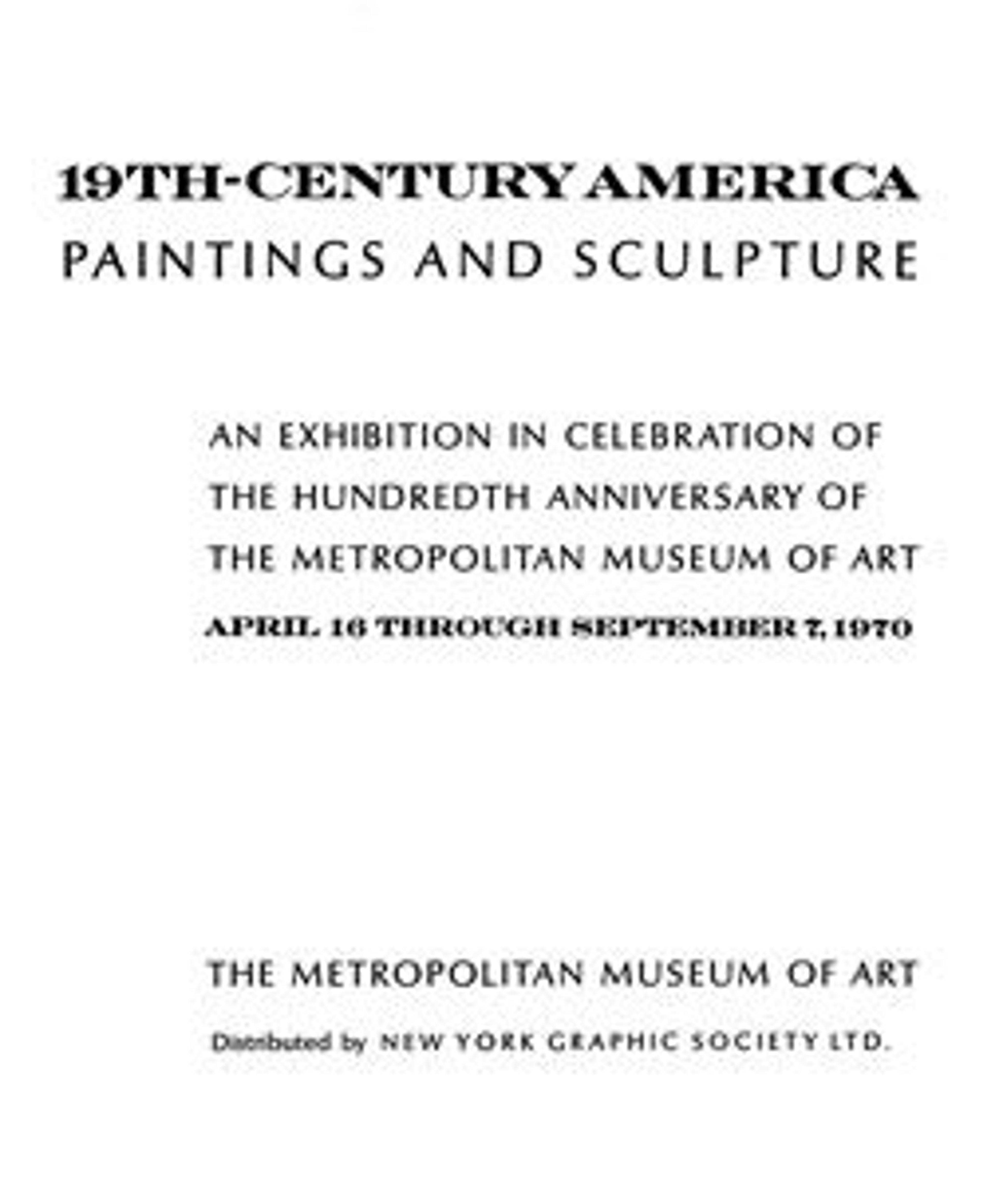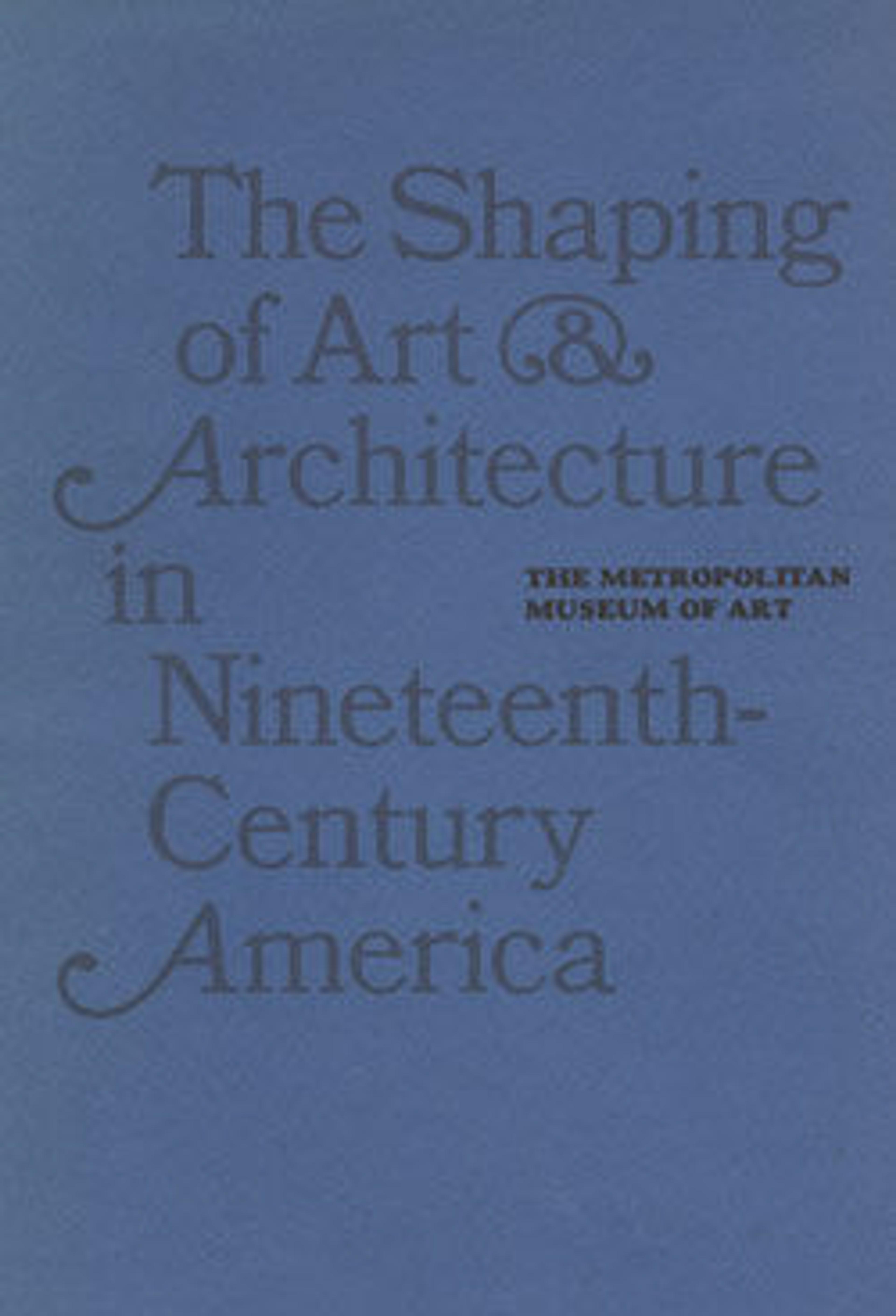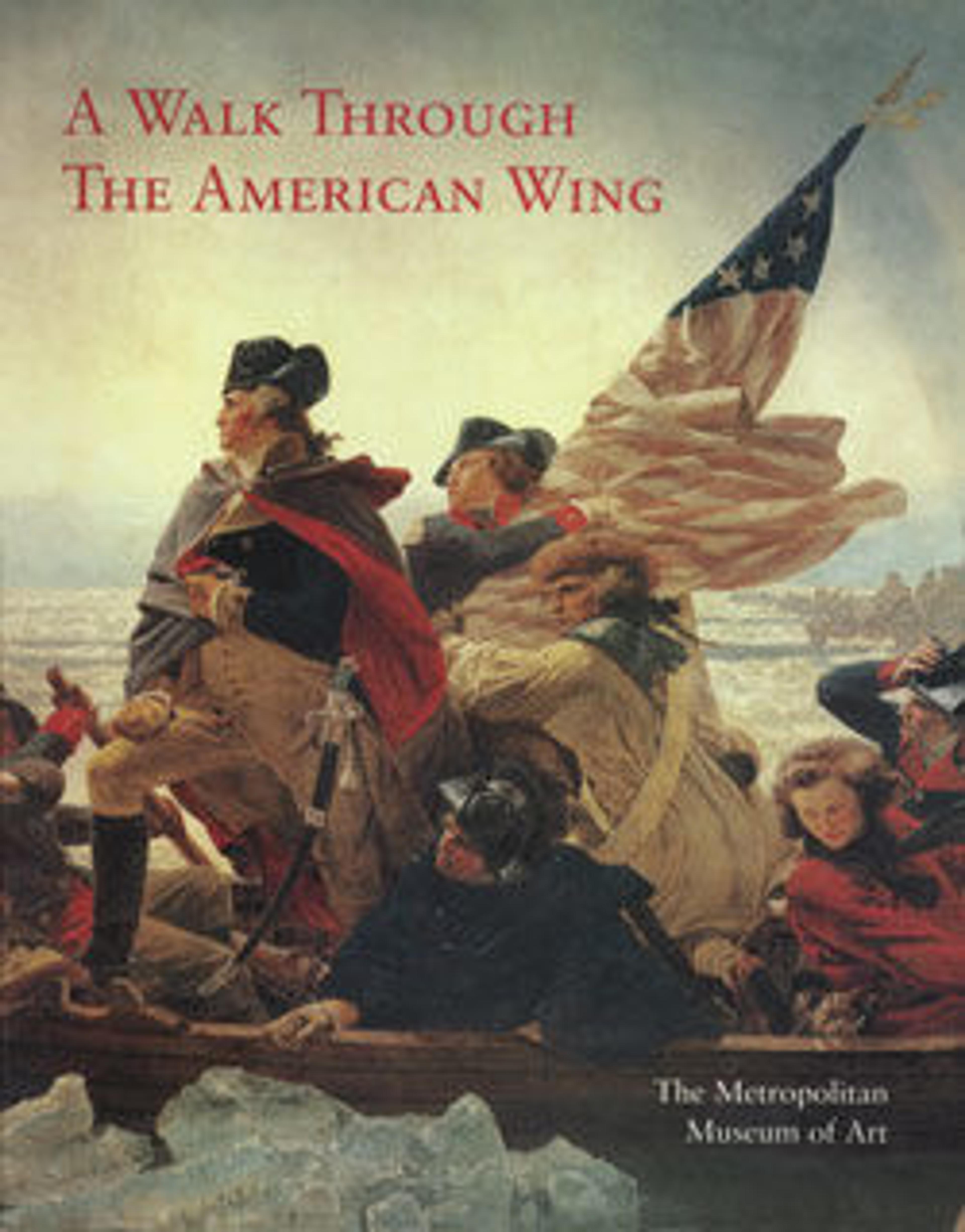
Nineteenth-Century America: Paintings and Sculpture
Because the Metropolitan Museum is in great measure the creation of the American painters, sculptors, and architects prominent at the time of its founding, it is wholly appropriate that in celebration of the Centennial we announce our firm intent to develop a new and vastly enlarged American Wing, which will enable us to show the best paintings and sculpture as well as the finest of the decorative arts produced by America's artists from the seventeenth century to the present. The exhibition Nineteenth-Century America, a superb suite of formal galleries of paintings and sculpture, period rooms, and vignettes, is thus a sort of preview—and a most enticing one—of a new section of the Wing. The extensive work of selection and planning of the exhibition has been the joint effort of John K. Howat, Associate Curator in Charge of American Paintings and Sculpture, with John Wilmerding, Chairman of the Department of the Fine Arts, Dartmouth College, and Berry B. Tracy, Curator of the American Wing; the decorative arts are catalogued in a companion volume.
Looking at this exhibition, one can assess the folly of the genteel neglect and snobbish disdain that has until recently been the lot of much of this work. There is extraordinary vitality, variety, and delight to be found in these marbles and bronzes and in these paintings—portraits, still lifes, landscapes, and genre scenes. The century, in its turbulence and variety, is here before our eyes: a battle from the War of 1812 and the bombardment of Fort Sumter; the scientific spirit, in Peale's Exhuming the Mastodon, Audubon's study of a hawk preying on quail, and Eakins's Gross Clinic; our native literature illustrated by Quidor; our coasts and rivers, the Great Plains, the West, and the Indians; our politics, in busts of Andrew Jackson and Daniel Webster and in Bingham's County Election and Johnson's The Funding Bill; our romantic visions in Cole.
More important than its reflection of history is the quality of this work: Sully's portraits are exquisite, and Mount's evocations of country life capture perfectly the atmosphere of the 1850s; Bierstadt's vast western panoramas are rendered with crystalline clarity; Eakins's and Homer's perception and insight place them in the ranks of our greatest artists.
Throughout, there is still evidence of dependence on older cultures, on classical allusion for subject matter, on the European schools for style. The country and its artistic tradition were still young, and many artists felt the need to look at the older tradition for both encouragement and approval. But the American characteristics of optimism, pragmatism, and inventiveness keep recurring, and even in the work of the American artists who toward the end of the century made themselves almost European, there was an American flavor.
Met Art in Publication
You May Also Like
Press the down key to skip to the last item.
Citation
———. 1970b. 19th-Century America: Paintings and Sculpture an Exhibition in Celebration of the Hundredth Anniversary of the Metropolitan Museum of Art, April 16 through September 7, 1970. New York: Distributed by New York Graphic Society.




